Top 10 Arthouse Horror Movies Guaranteed To Scare You
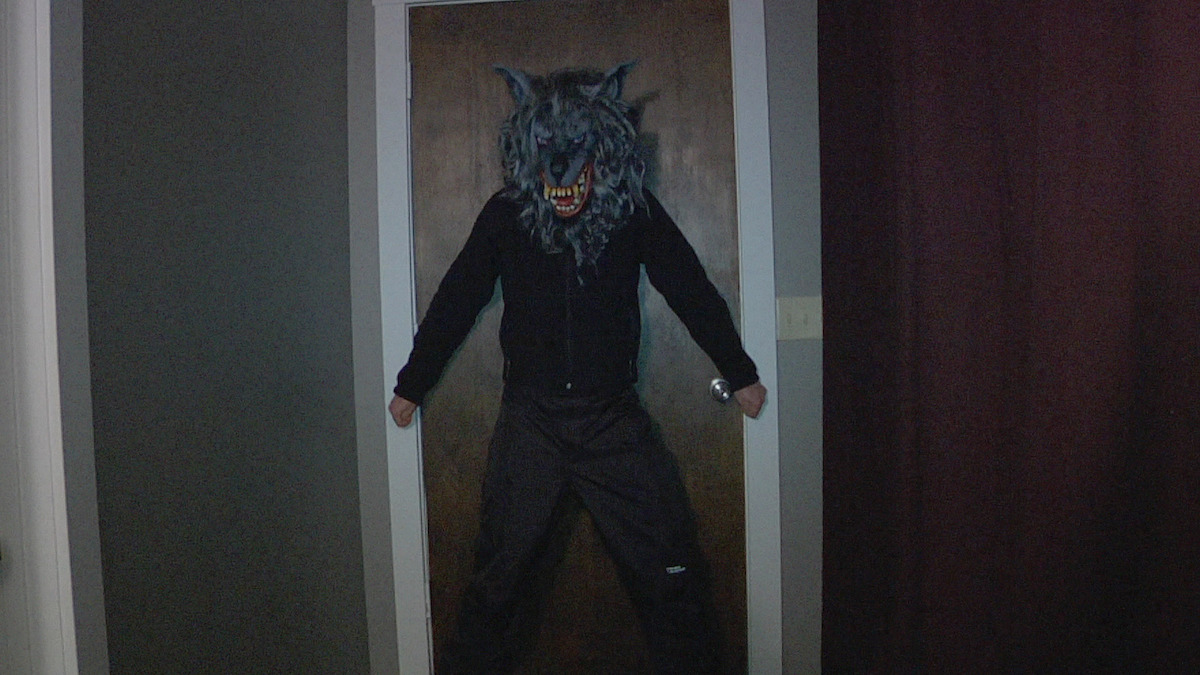
Table of Contents
Psychological Dread: Mastering the Art of Slow Burn Horror
Psychological horror excels at creating a pervasive sense of dread and suspense, often prioritizing atmosphere over graphic gore. These films utilize masterful storytelling and unsettling imagery to burrow into your subconscious, leaving you with a lingering feeling of unease long after the viewing is over. Masterful sound design and cinematography are key components in crafting this type of slow burn horror.
-
Examples: The Lighthouse, The Babadook, The Others
-
Key elements of psychological dread:
-
Sound Design: The effective use of sound, including unsettling noises, whispers, and silences, creates a constant feeling of anticipation and unease. The Babadook, for example, masterfully uses sound to heighten the sense of dread and impending doom.
-
Cinematography: The visuals play a crucial role in building atmosphere. Think of the claustrophobic and visually stunning cinematography in The Lighthouse, which adds to the film's overall sense of isolation and impending madness.
-
Character Psychology: The focus is often on the mental deterioration of characters, mirroring the psychological impact on the viewer. This internal struggle and descent into madness is a key component of what makes these films so terrifying. The Others uses ambiguity brilliantly to play with the viewer’s perception of sanity and reality.
-
Subtle Scares: Instead of relying on jump scares, psychological horror builds tension slowly, creating a lasting sense of unease. The slow burn approach is far more effective in creating true lasting fear.
-
Surreal Horror: Exploring the Uncanny and the Absurd
Surreal horror movies defy conventional narrative structures, embracing the bizarre and the uncanny to create a truly unsettling experience. These films often utilize symbolism, allegory, and unsettling visuals to explore the subconscious and the anxieties of the human condition. These films often challenge the viewer's perception of reality and leave a lasting impact.
-
Examples: Begotten, Eraserhead, Santa Sangre
-
Unsettling elements of surreal horror:
-
Symbolism and Allegory: Surreal horror films often employ heavy symbolism and allegory, leaving the interpretation up to the viewer. This ambiguity adds to the unsettling nature of the films. Eraserhead's imagery is notoriously difficult to interpret, adding to its disturbing and surreal effect.
-
Unsettling Visuals: The visuals in these films are often disturbing and dreamlike, challenging our perceptions of reality. David Lynch's films are prime examples of this visually unsettling style.
-
Bizarre Narrative Structures: The narratives frequently defy logic and expectations, contributing to the overall feeling of disorientation and unease. This departure from traditional storytelling keeps viewers constantly on edge.
-
Body Horror: Confronting the Physical and the Grotesque
Body horror films explore the grotesque transformations of the body, pushing the boundaries of the physical and psychological. These films often use disturbing imagery and special effects to confront viewers with the vulnerability and fragility of the human form. The transformations are often metaphors for deeper societal anxieties.
-
Examples: Videodrome, Tetsuo: The Iron Man, The Fly
-
Exploring the grotesque:
-
Special Effects: The use of practical and special effects is crucial in creating the visceral and disturbing imagery that defines the genre. David Cronenberg is a master of this style.
-
Body Modification and Societal Anxieties: The body horror genre often reflects anxieties about technology, societal pressures, and the changing nature of the human body. Videodrome is a potent example of this.
-
Psychological Impact: The body horror isn't just about the physical transformations; it's also about the psychological impact these changes have on the characters and the viewers. The feeling of disgust and violation is central to the genre's impact.
-
Folk Horror: Unearthing Ancient Fears in Rural Settings
Folk horror films tap into ancient fears and pagan traditions, creating a sense of dread through isolated rural settings and unsettling rituals. These films often explore the tension between nature and civilization, often using the natural world as a force of horror.
-
Examples: The Witch, Midsommar, The Wicker Man
-
Key elements of folk horror:
-
Nature as a Force of Horror: The natural world is often presented as both beautiful and terrifying, reflecting the primal fears associated with the unknown. The isolated setting adds to the feeling of vulnerability.
-
Paganism and Ritual Sacrifice: These films often explore pagan traditions, rituals, and the potential consequences of tampering with ancient forces. Midsommar is a chilling example.
-
Isolated Settings: The isolation of rural settings amplifies the feeling of vulnerability and helplessness, making the horror even more effective. The sense of community can also turn sinister in these settings.
-
Elevated Horror: Blending Genre with Artistic Merit
Elevated horror films transcend genre conventions, offering sophisticated narratives, compelling characters, and complex themes. These films often blend psychological thriller elements with artistic expression, creating a unique and memorable cinematic experience. They prioritize character development and complex storytelling over cheap thrills.
-
Examples: Hereditary, The Killing of a Sacred Deer, A Girl Walks Home Alone at Night
-
Elements of elevated horror:
-
Strong Performances and Compelling Characters: The characters are often well-developed and relatable, making their struggles and fears even more impactful. Hereditary is known for its exceptional acting and complex characters.
-
Complex Themes and Metaphorical Storytelling: These films often explore complex themes such as family, trauma, and the human condition, utilizing metaphorical storytelling to create a deeper and more impactful experience.
-
Artistic Expression: Elevated horror films value artistic expression and often utilize unique cinematic techniques to enhance the storytelling and create a truly unique experience.
-
Conclusion:
This list of top 10 arthouse horror movies provides a diverse range of films that prioritize atmosphere, psychological impact, and artistic merit over cheap jump scares. These films offer a truly terrifying cinematic experience, exploring the depths of human fear and the power of unsettling imagery. From slow-burn psychological dread to surreal body horror, these movies will stay with you long after the credits roll.
Call to Action: Prepare to be disturbed! Which of these top 10 arthouse horror movies will you watch first? Share your thoughts and recommendations for other amazing arthouse horror films in the comments below. Let's build the ultimate list of arthouse horror movies guaranteed to scare you.

Featured Posts
-
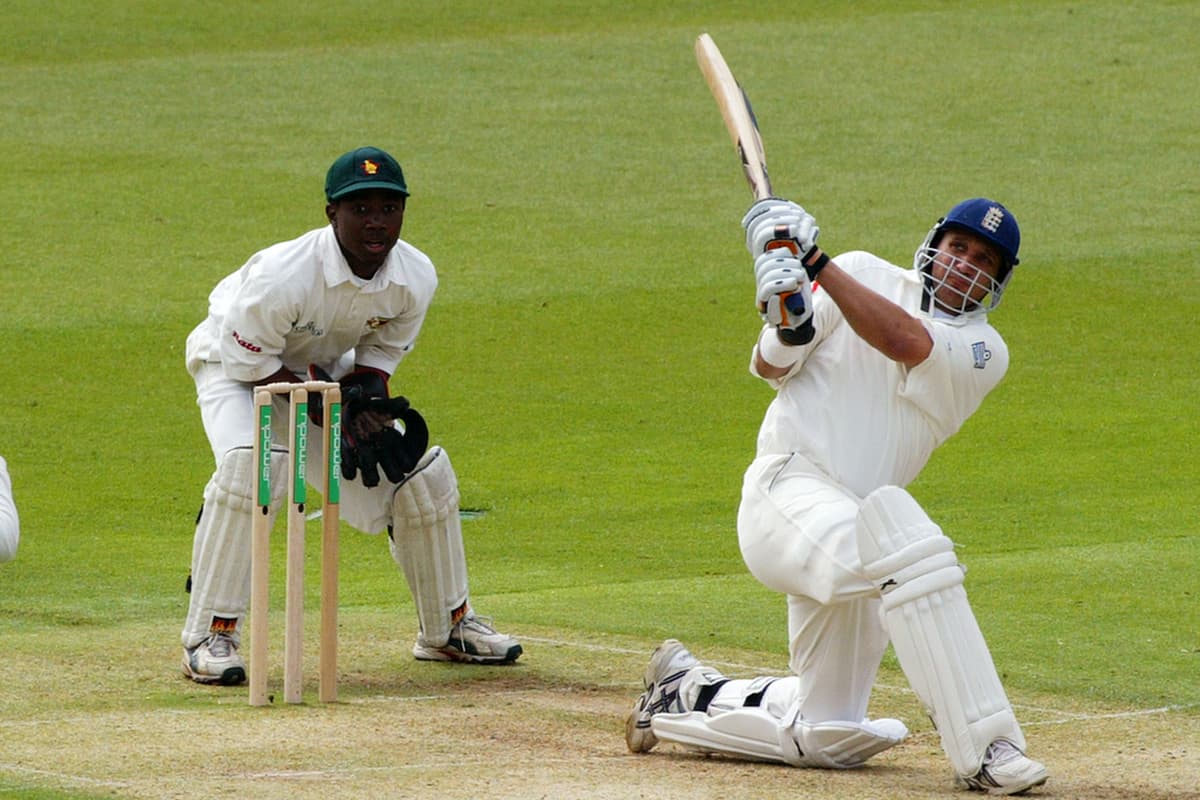 Fresh Injury Blow To England Before Zimbabwe Test
May 23, 2025
Fresh Injury Blow To England Before Zimbabwe Test
May 23, 2025 -
 C Beebies Bedtime Stories A Parents Guide To Calming Bedtime Routines
May 23, 2025
C Beebies Bedtime Stories A Parents Guide To Calming Bedtime Routines
May 23, 2025 -
 Is Succession On Sky Atlantic Hd Worth Watching A Comprehensive Guide
May 23, 2025
Is Succession On Sky Atlantic Hd Worth Watching A Comprehensive Guide
May 23, 2025 -
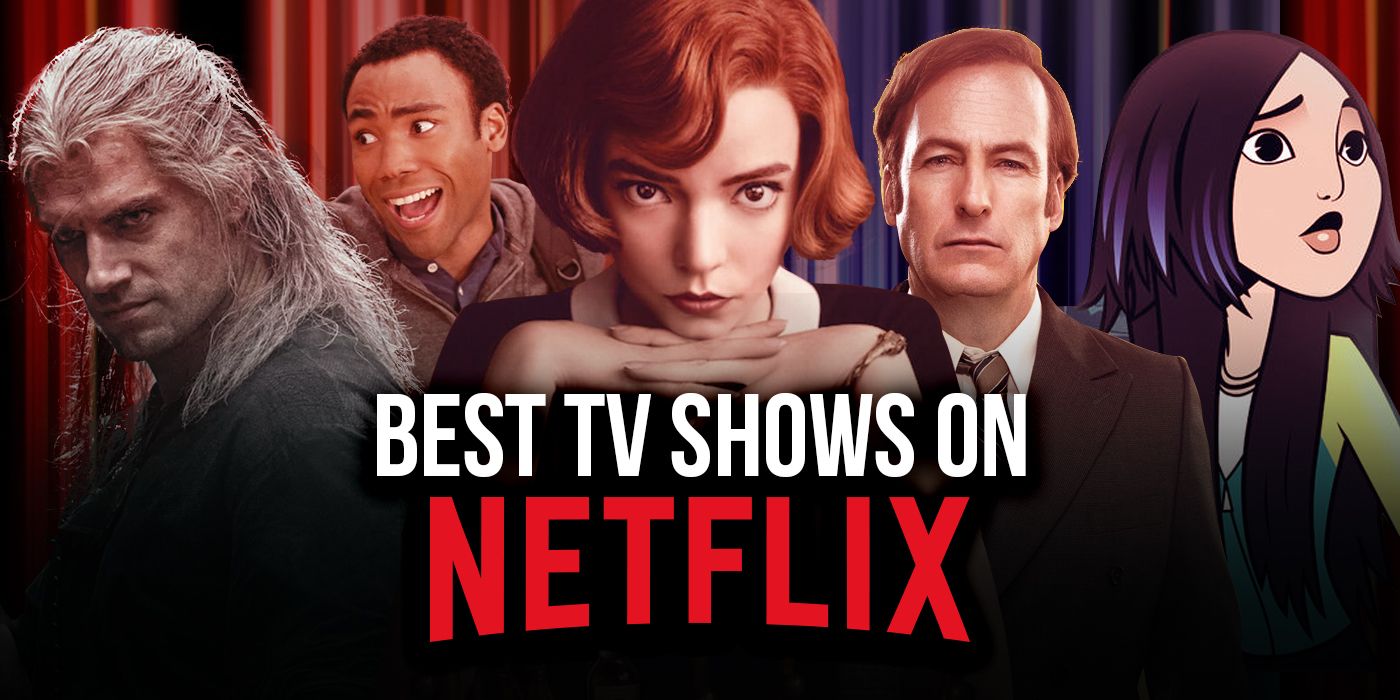 Top Picks Netflix Movies And Shows May 2025
May 23, 2025
Top Picks Netflix Movies And Shows May 2025
May 23, 2025 -
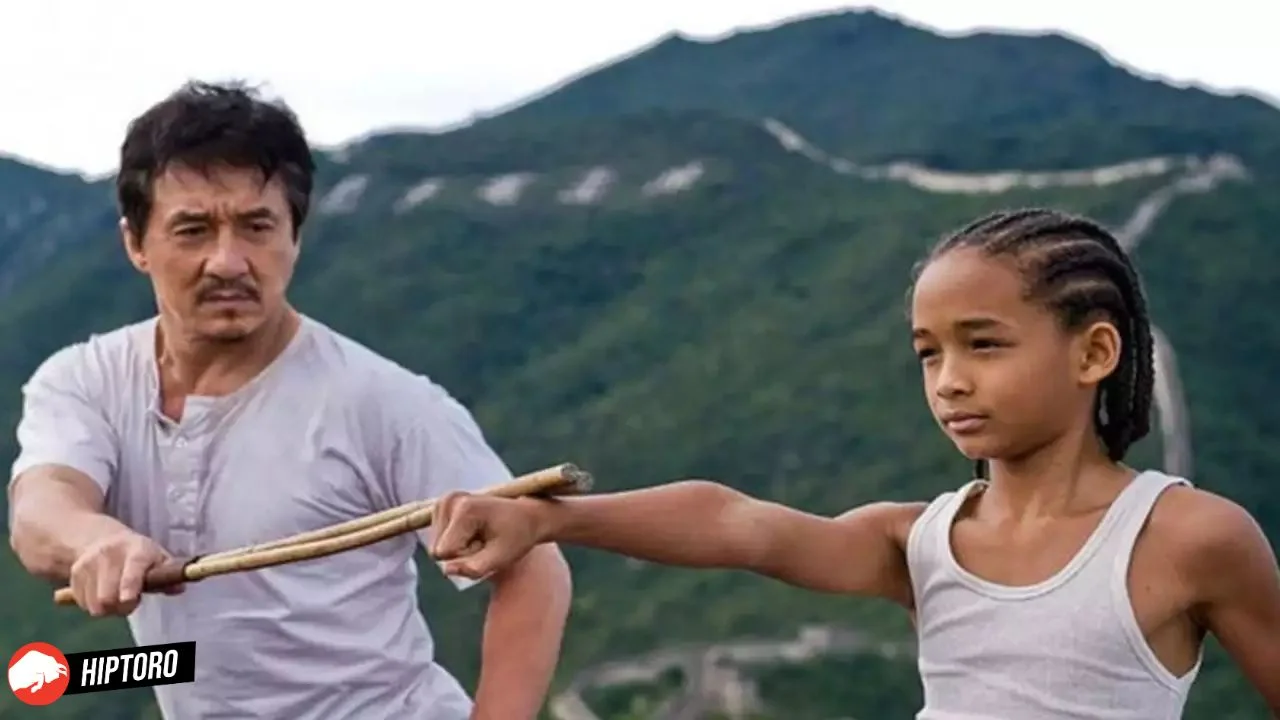 Cobra Kai Maintaining Continuity With The Original Karate Kid Trilogy
May 23, 2025
Cobra Kai Maintaining Continuity With The Original Karate Kid Trilogy
May 23, 2025
Latest Posts
-
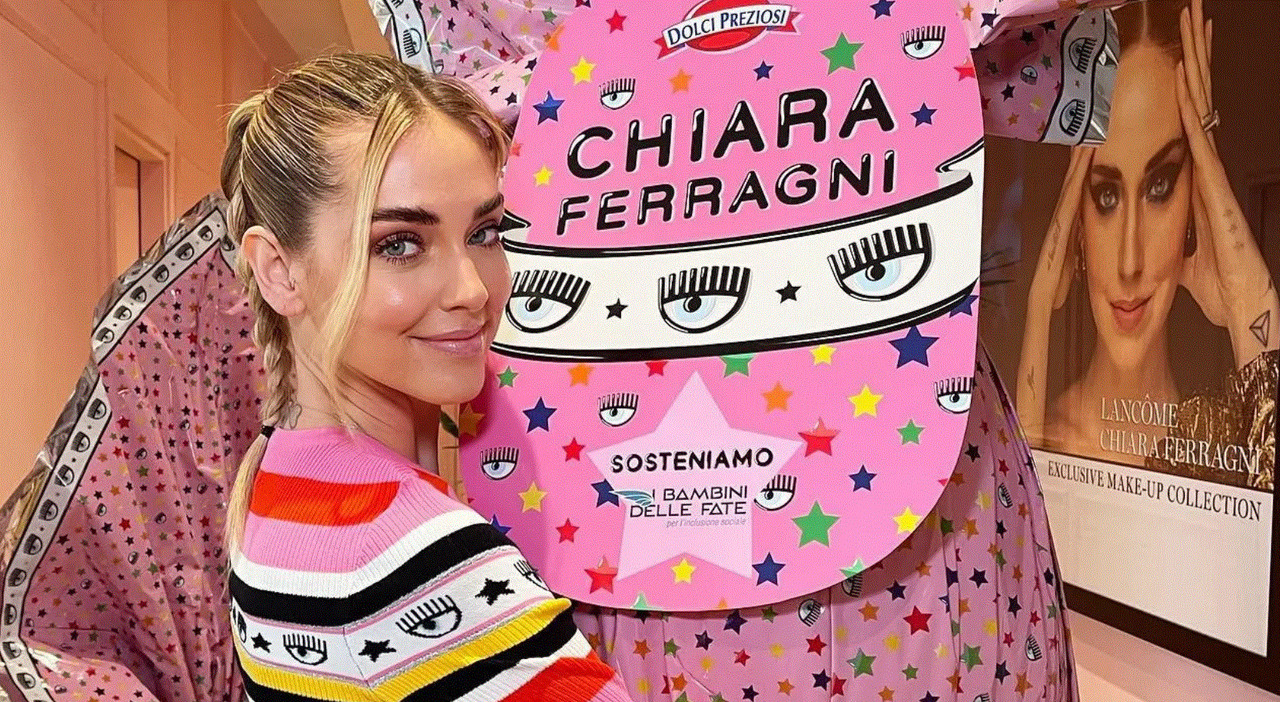 The First Amendment And Ai Chatbots Character Ai Faces Legal Scrutiny
May 23, 2025
The First Amendment And Ai Chatbots Character Ai Faces Legal Scrutiny
May 23, 2025 -
 Gaming Accessibility In A Time Of Industry Cuts
May 23, 2025
Gaming Accessibility In A Time Of Industry Cuts
May 23, 2025 -
 Character Ai Chatbots And Free Speech A Legal Gray Area
May 23, 2025
Character Ai Chatbots And Free Speech A Legal Gray Area
May 23, 2025 -
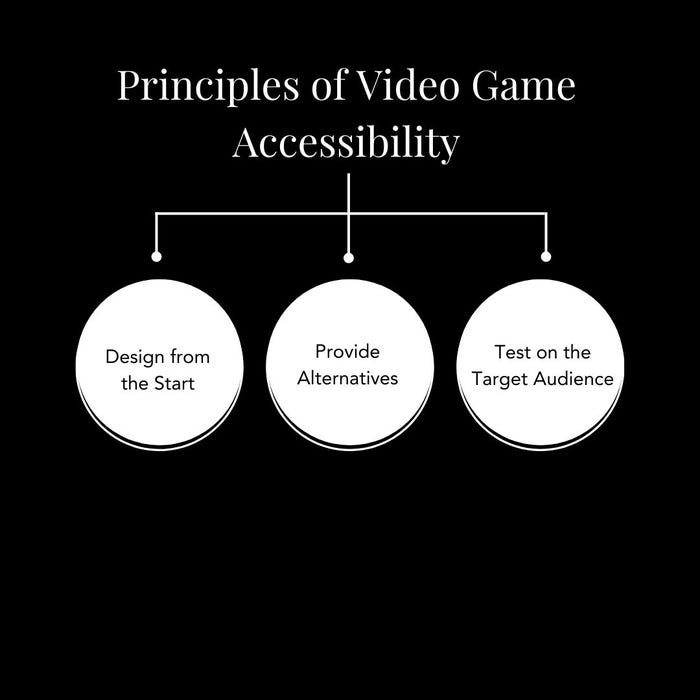 Accessibility Concerns Rise As Game Industry Contracts
May 23, 2025
Accessibility Concerns Rise As Game Industry Contracts
May 23, 2025 -
 Are Character Ais Chatbots Protected Speech One Courts Uncertainty
May 23, 2025
Are Character Ais Chatbots Protected Speech One Courts Uncertainty
May 23, 2025
